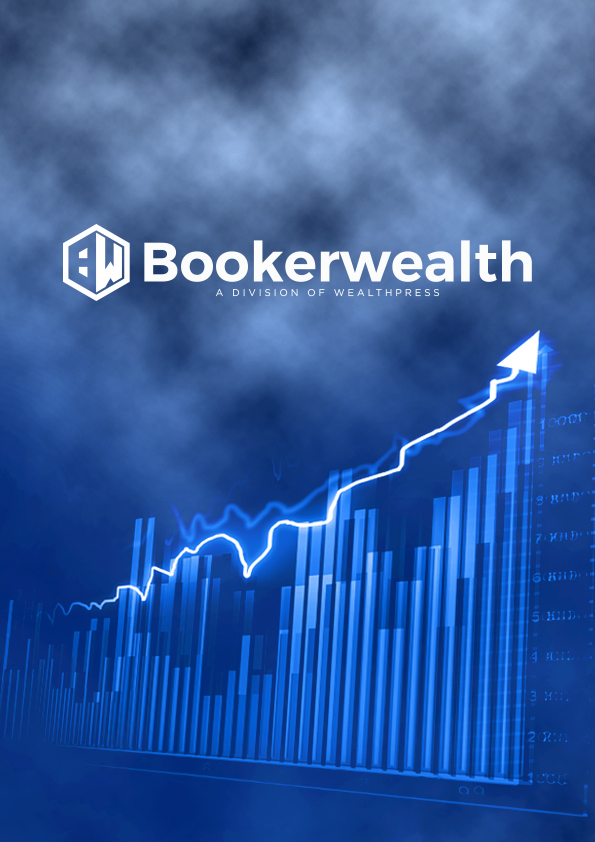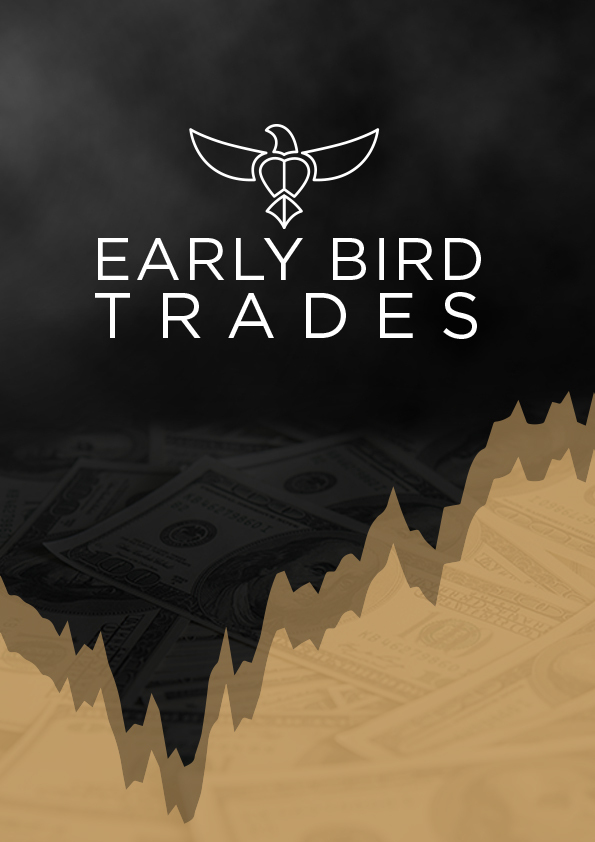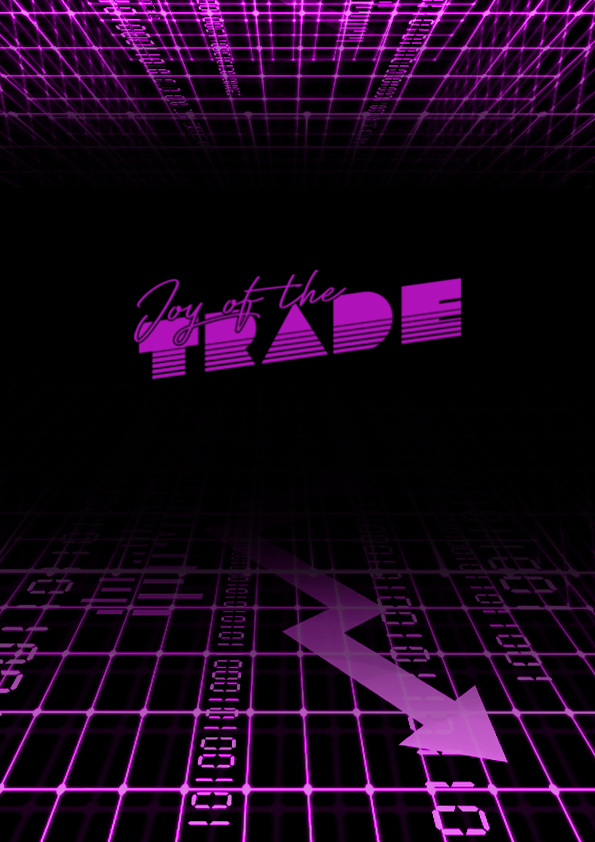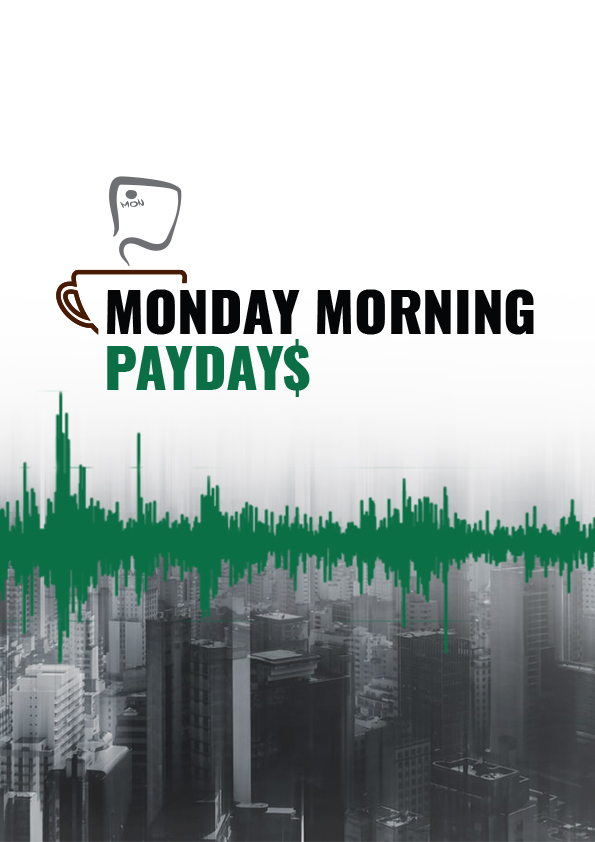In these uncertain economic times, I get a lot of questions on how to best manage a 401K. I would like to start the discussion with a short intro on what a 401K is for the most part and then cover some techniques on how one can manage it.
There are several different components to a 401K, such as stock indexes and mutual funds. To develop a solid foundation and understanding, we will start with sharing more on what each component really is and then go into how you can manage each.
Stocks Defined
A stock, as many of you may know, is fraction of ownership in a company. The company may declare different types of shares, each having distinctive ownership rules, privileges or share values. The most common examples are common stocks and preferred stocks.
A stock is also a device used to buy and sell financial securities, commodities, and other assets. Stocks are then exchanged at a financial market such as the Ney York Stock Exchange (NYSE), American exchange (AMEX), and National Association of Securities Dealer or NASDAQ.
There are only 2 thinks you can do in a market, wither go long or go short with a stock. To go long or buy a stock you have to have the bias that the stock will increase in value and you can then sell at a later date for profit. When buying, you pay money out of your account. When selling, you bring back money in your account and each of those transactions can take 3 days to clear.
Index Defined
There are a lot of stocks traded in the market. To gain a better understanding of what the market is doing, and how it is doing, some specialist have selected given stocks and put in a baskets, called Indexes. Those are mathematically weighted averages and as mentioned used to gauge the financial market. Examples include the SP500, DOW 30, NASDAQ 100 and CRB.
Mutual Funds
Mutual funds are a managed collective pool of money that is invested into securities. They are managed by a fund manager who selects a pool of stocks and puts them in a basket. You can buy into that fund and profit from the movement of the collective performance of the stocks in that fund. Mutual funds are quoted at the end of the day, and are available across a broad spectrum of sectors. Mutual funds can yield conservative to high risk. A conservative fund might be focused on bonds, while a high risk fund might focus on Taiwan stocks, where volatility is high.
When you invest in mutual funds, you want to take a closer look into what makes up the fund. The closer it mimics the S&P 500 or other indices, the easier it is to gauge the performance of the fund.
The 401K
The 401K got its name from subsection 401K of Title 26 of the Internal Revenue Service code. 401K plans allow for tax deferred investment of your income into an account which is setup by your employer. Within a 401K, you can choose from a wide variety of mutual funds, depending upon who is managing the account.
At some point, you will be paying taxes on your 401K. The money contributed into your 401K plan is deducted from your paycheck prior to taxes being paid. For example, if you make $50,000 per year and you contribute $3,000 to your 401K, you will be taxed on $47,000 that year. Once you retire, you will be taxed on 401K distributions.
Many companies will also match contributions up to a certain percentage. Some companies will allow you put in up to 10%, but will match up to 3% as an example. If you can swing it, always contribute at a minimum, what is matched. After that, contribute what you can afford.
Now that you have your 401K set up, it’s time to manage it. It’s your money after all. Select mutual funds you are comfortable with. If you select a mutual fund that is heavy on foreign stocks, bear in mind that those stocks are traded on foreign exchanges. Are you comfortable with foreign exchanges, and do you follow them?
In most cases, your employer will give you access to a website that allows you to monitor your 401K account. There may be 10-20 funds you can choose from. Study them, and allocate your contributions into the funds that make the most sense to you. When the markets are going up, select mutual fuds that go up. When the market is going down, select mutual funds that go up when the broader markets go down. You can always switch your funds between accounts.
If you are starting a new job that offers a 401K, there will likely not be enough time for you to check out all of the mutual funds in your new plan. Initially, just make your best guess. Once you are in the 401K, you can always rebalance and adjust your positions.
Try to pick funds that are going up. Do not rely on past performance to choose a fund. Past performance does not necessarily indicate future results. Get out of funds that are going down. Most funds track with major indices, like the DOW. If the market is going down, consider getting out of those funds and move over to Bond or “preservation trust” funds that typically go up when the DOW moves down.
Remember that Index Funds and Mutual Funds are comprised of stocks. Write down the opening price of the DOW at the beginning of the year, and at the beginning of each month. Keep those numbers on a calendar or white board so you can review them frequently. It’s always important to have a frame of reference in your mind so you can gain perspective on how your funds are performing. Here are a couple of sites where you can get the opening prices for the DOW:
Just type in the DOW into these sites. You can also get quotes on the funds in your 401K. Below is a daily chart the Vanguard Specialized Portfolios Health Care Fund and the Dow 30 Index. Mutual funds are quoted at the end of the day so the chart looks like a tick chart, but it is just the closing price. Notice how the two charts look similar in pattern. This is why you should keep track of the Dow, so that you will know what your fund is doing.

“Going to Cash” and Recessions
If a fund has 3 consecutive months down, switch to a fund that is moving up. If all funds and the DOW are down for 3 consecutive months, move to Bond Funds or preservation trust (Money Markets), Make sure to change your contributions as well.
Think of it as a “3 Strikes and You’re Out” rule. If you have 3 bad months consecutively, it’s time to move to a fund that is performing better, or move to Bonds or Money Markets.
If the United States Gross Domestic Product (GDP) is down for 2 consecutive quarters, then we are by definition, in a recession. If GDP drops in one quarter, we may look to get out of stock funds in anticipation that we may be moving into a recession.
Once the DOW starts heading back up again, then look to get back into funds that are heading up after three months of upward movement. Remember to change your contributions. It takes two consecutive up quarters to get out of a recession.
The important thing is to track the monthly performance of your funds. It is okay if you have a down month after an up month, but if you see two consecutive down months, you need to be prepared to adjust your portfolio.
Maintenance
Check all of the funds in your 401K each month or so to check and see if there are other funds that are performing better than the funds that you have. This isn’t a green light to routinely “trade” your 401K account. It’s important to be patient. But if you see funds that are consistently outperforming what you currently, own, then you may wish to consider adjusting your positions for better performance. Some 401K accounts can only be changed once per month, and some are once per quarter.
Once you’ve mastered trading your 401K, you can apply the same mindset in trading your IRA account, but you have greater flexibility, because you can buy calls or puts on options, trade ETFs and you have a broader assortment of instruments at your disposal. Once you are comfortable with that, you may wish to look at day trading or swing trading, and DTI has a progression of training modules that will help you each step of the way.
Conclusion
A 401K account can be a great way to invest tax-deferred income. Make sure you can take advantage of anything your employer matches, and review your account monthly. Stay invested in funds that are moving up, and get out of funds that are moving down. If you have the discipline to do that, it can make a world of difference in your retirement savings.
The Movie
See the full video of Geof’s presentation, simply CLICK HERE to download the video.
Special Offer
If you would like to see trading opportunities each day, sign up for DTI's Trade of the Day for FREE, at the following link:

Chief Instructor of the Levels 1, 2, 3, and 4 Core Curriculum Classes, Commodities instructor, regular educator and instructor on the 24-hour Educational TradeRoom, and one of Tom Busby’s first students.
An active trader and investor for 20+ years, Geof focuses in futures, equities and option trading including trading commodity option futures. Geof took an instrumental role in developing the DTI Method. The Platinum Experience core level classes took first place in SFO Magazine and Trader Planet’s STAR awards in the best trading courses category. Before coming to DTI, Geof was an operations managing engineer.












